Grow Herbs for Fresh Flavor and Good Looks in the Garden
Herbs have been used throughout recorded history for a huge range of purposes: culinary, fragrance, medicinal and more. But if you haven't grown them yet, they can seem intimidating — if they do so much, growing them must be complicated.
But most herbs are easy to grow. They’re minimally fussy and suffer from few pests and diseases, making them ideal for beginning gardeners. They’re also great landscape plants. They can be used as part of a regular garden bed, set off as a garden feature on their own, incorporated into container gardens, grown over walls or in window boxes, or used as a ground cover.
Get plants from the nursery for any empty spots in your pots or borders — or take a new look at your yard for a dedicated place for a full-blown herb garden. Here's how to get started.
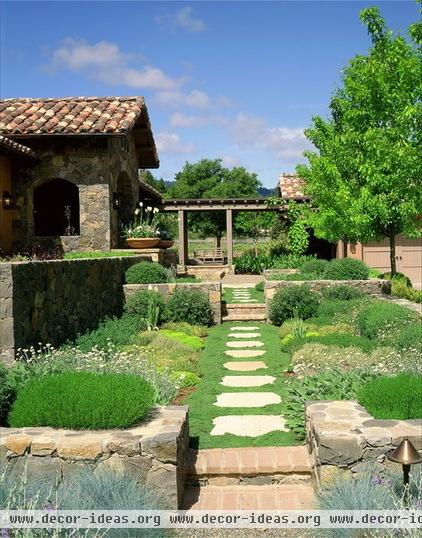
Decide on your garden layout. Do you want a separate herb garden? Your options include a formal design, such as a knot garden, or a more casual garden bed. Should the herbs be in a series of containers, maybe on a patio outside the kitchen, where they’ll be readily accessible? Do you want to use some as a ground cover, between patio pavers or to form a path?
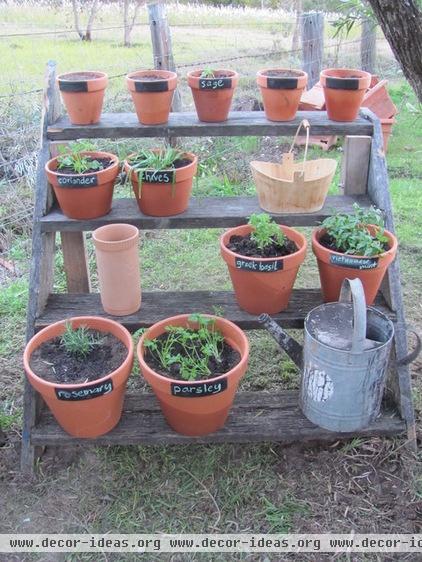
Decide on your plants. Most popular herbs have culinary uses, but once you’ve gotten started on herb gardens, you’ll probably want to look into more unusual offerings, even if they aren’t edible.
Spread the love. One great thing about herbs is that they’re usually easy to propagate by seeds or cuttings. Propagation is a great way to practice your garden skills.
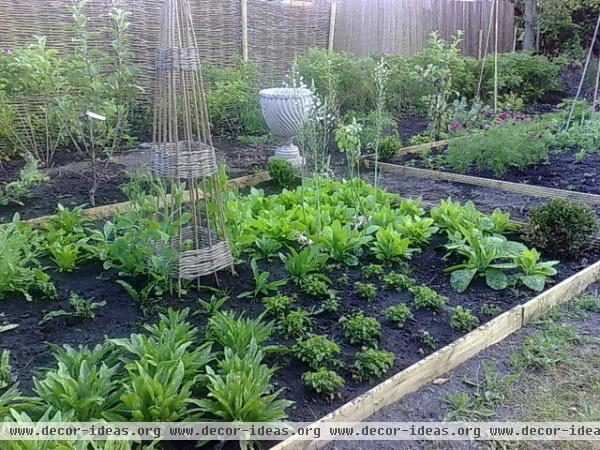
Prepare your space. Most herbs want full sun, but other than that, you don’t need to worry too much. Many of the more popular herbs, such as thyme and lavender, will grow in poor conditions. Some, such as mint, will grow almost anywhere. In fact, mint can be so invasive, it's best to put it in a pot raised off the ground.
Even if your chosen plants are undemanding, doing some basic soil preparation such as tilling the soil and adding any amendments that your chosen plants might need will still be helpful.
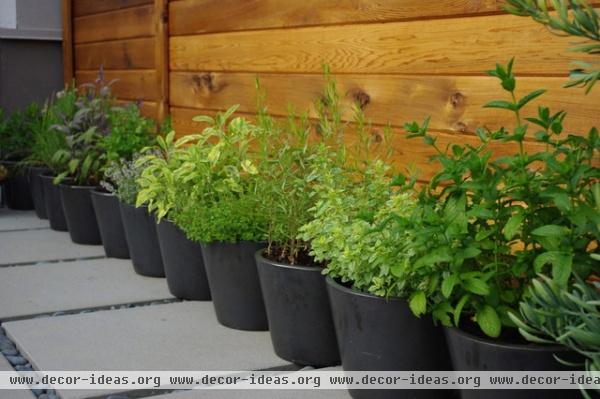
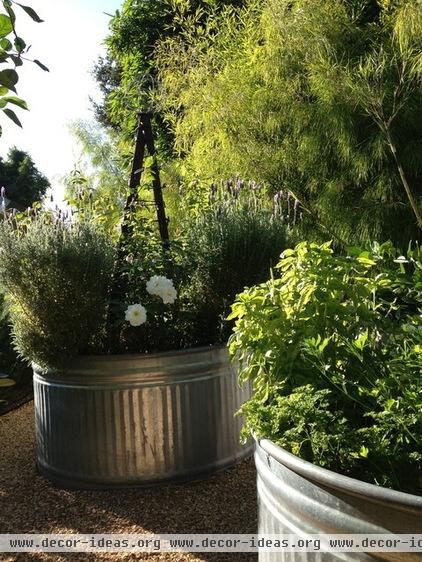
If you're growing herbs in containers, choose ones that will be big enough to hold the mature plant. Using matching containers will help your garden look tidy and organized.
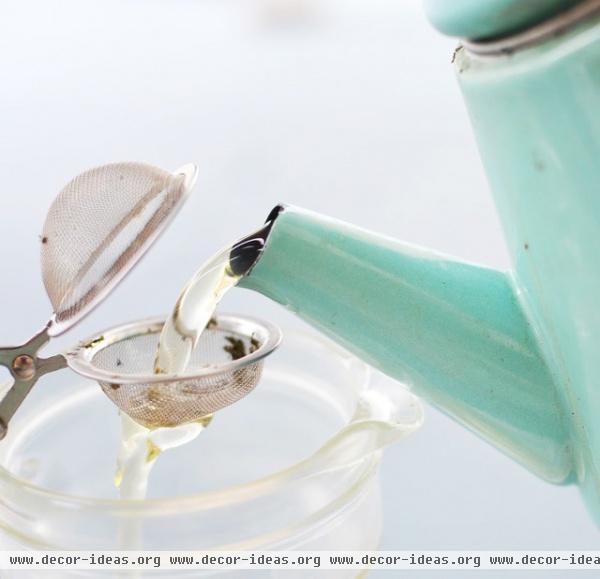
They’re also easy to harvest and preserve. Part of the fun of culinary herbs is working with them in the kitchen, whether you use them fresh or whether you freeze or dry them.
Next: How to grow some favorites of cooks and gardeners:
How to grow basilHow to grow thymeHow to grow sageHow to grow dillHow to grow marjoramHow to grow rosemaryHow to grow mintHow to grow tarragon












